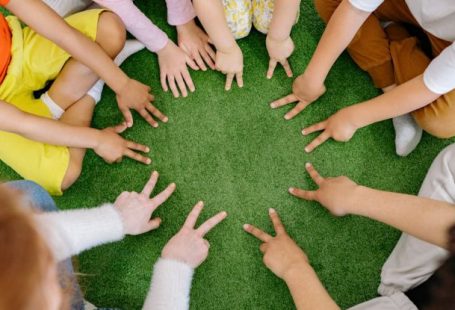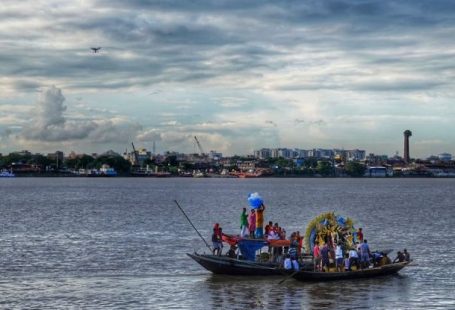Plastic recycling has become a crucial aspect of waste management and environmental conservation in recent years. With the increasing awareness of the harmful effects of plastic pollution on the planet, more and more people are turning to recycling as a solution. But have you ever wondered how plastic is actually recycled? Let’s delve into the intricate process of plastic recycling to understand how this material can be transformed and reused.
### Collection and Sorting
The first step in the plastic recycling process is the collection and sorting of the plastic waste. This is a crucial stage as it ensures that different types of plastic are separated based on their resin identification code. These codes, typically found on the bottom of plastic products, help in categorizing the plastics into different groups, making it easier for recycling facilities to process them efficiently.
### Cleaning and Shredding
Once the plastic waste has been sorted, it undergoes a thorough cleaning process to remove any contaminants such as dirt, labels, or other materials. This cleaning step is essential to ensure that the recycled plastic meets quality standards. After cleaning, the plastic is shredded into small pieces, making it easier to handle and process in the subsequent stages of recycling.
### Melting and Extrusion
The shredded plastic pieces are then melted down in a process known as extrusion. During extrusion, the plastic is heated to a high temperature until it becomes a molten liquid. This molten plastic is then forced through a machine to create thin strands, which are cooled and solidified to form pellets. These pellets serve as the raw material for producing new plastic products.
### Polymerization
In some cases, recycled plastic pellets may undergo a process called polymerization to enhance their quality. Polymerization involves combining the recycled plastic with additives and colorants to improve its properties and make it suitable for specific applications. This step is crucial in ensuring that the recycled plastic meets the required standards for use in manufacturing new products.
### Manufacturing
The final stage of the plastic recycling process involves using the recycled plastic pellets to manufacture new products. These products can range from plastic containers and packaging to furniture and building materials. By incorporating recycled plastic into the manufacturing process, businesses can reduce their reliance on virgin plastic and contribute to a more sustainable and circular economy.
### Benefits of Plastic Recycling
Plastic recycling offers a myriad of benefits, both environmental and economic. By recycling plastic, we can reduce the amount of plastic waste that ends up in landfills or the ocean, thereby mitigating the harmful effects of plastic pollution on wildlife and ecosystems. Additionally, recycling plastic helps to conserve natural resources, as it reduces the need for extracting raw materials to produce new plastic.
### The Future of Plastic Recycling
As technology advances and awareness of environmental issues grows, the future of plastic recycling looks promising. Innovations such as chemical recycling and biodegradable plastics are paving the way for more sustainable solutions to plastic waste. With continued efforts to improve recycling infrastructure and consumer education, we can create a more efficient and effective plastic recycling system that benefits both the planet and future generations.
### In Summary
Plastic recycling is a complex yet essential process that plays a crucial role in reducing plastic waste and promoting environmental sustainability. From collection and sorting to manufacturing new products, every step in the recycling process contributes to a more circular economy and a cleaner environment. By understanding how plastic is recycled, we can make informed choices to support recycling initiatives and work towards a greener future.





